Tulip Bulbs
"The jewels of the spring garden! Tulips burst into life with a dazzling array of colours, shapes, and sizes, earlier in the year than pretty much any other variety. From classic single-flowered blooms to spectacular doubles and fringed varieties, these hardy bulbs bring effortless beauty to borders, pots, and containers. We've selected only the finest tulip bulbs to ensure a stunning display year after year, whether you're after elegant pastels or bold, eye-catching shades."
Peter McDermott, Head Gardener


OFF
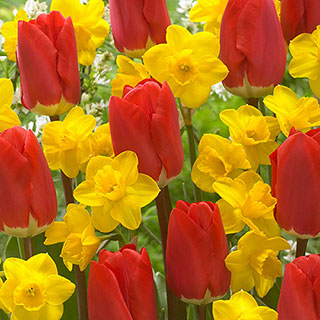

OFF


OFF
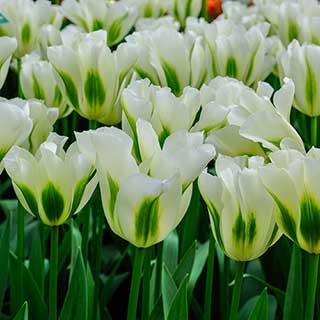
OFF


OFF
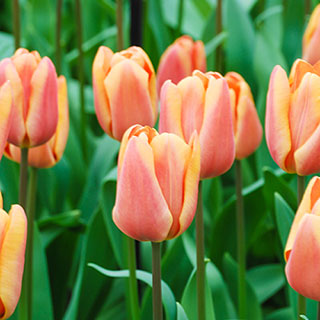

OFF
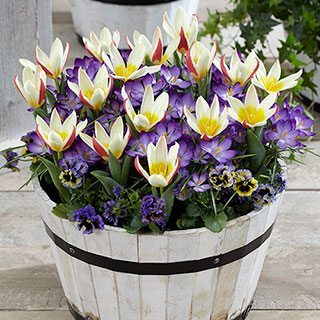
OFF


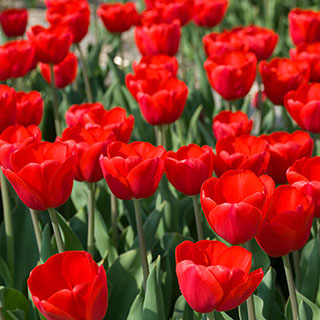

OFF
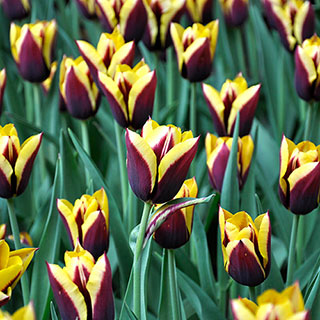

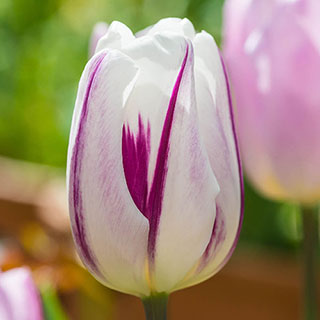

OFF
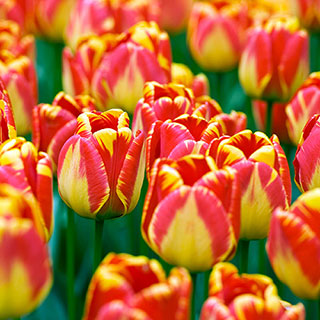

OFF
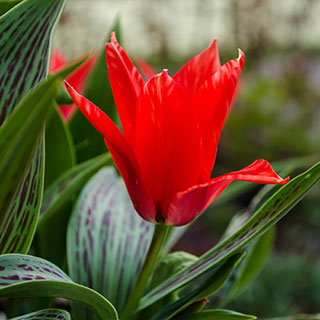

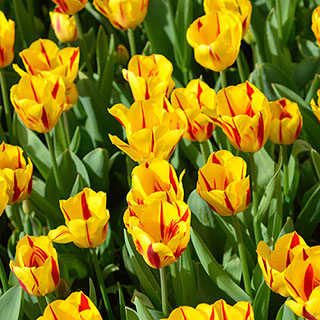

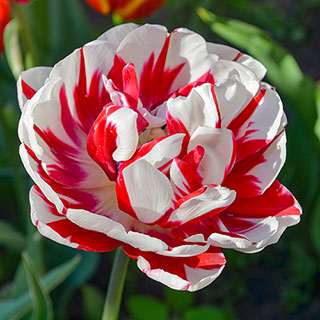



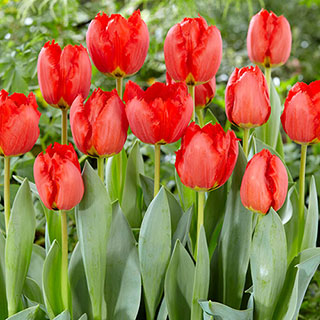

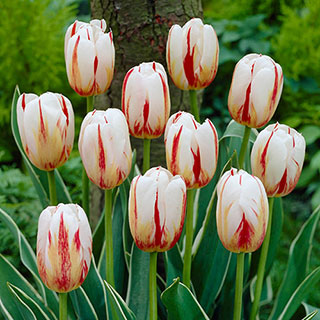

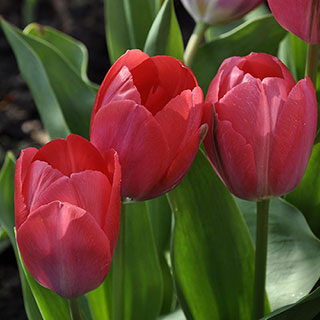

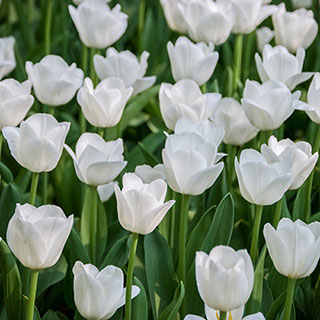

OFF


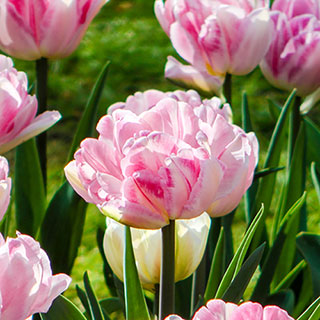

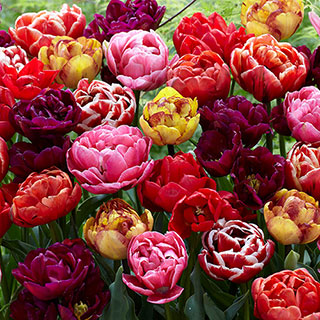






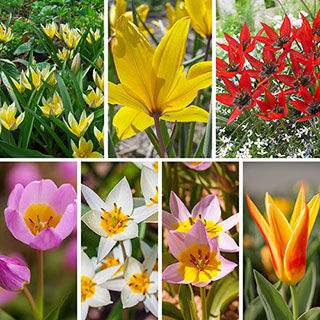
"The jewels of the spring garden! Tulips burst into life with a dazzling array of colours, shapes, and sizes, earlier in the year than pretty much any other variety. From classic single-flowered blooms to spectacular doubles and fringed varieties, these hardy bulbs bring effortless beauty to borders, pots, and containers. We've selected only the finest tulip bulbs to ensure a stunning display year after year, whether you're after elegant pastels or bold, eye-catching shades."
Peter McDermott, Head Gardener
Tulip bulbs were once one of the most expensive items in the world and produce the iconic spring flowers that bring a burst of vibrant colours to gardens and landscapes. These elegant and versatile spring-flowering bulbs are beloved by gardeners for their stunning blooms ease and wide range of varieties.
Planting Tulip Bulbs
When it comes to planting tulip bulbs, timing is crucial. The optimal time to plant tulip bulbs is in the autumn, typically between September and November. This allows the bulbs to establish their root systems before the ground freezes, ensuring robust growth and abundant blooms in the following spring.
Tulips prefer well-draining soil with a pH level of around 6 to 7. In full sun or partial shade. If your soil is heavy or clay-like, it's advisable to improve its drainage by adding organic matter, such as compost or well-rotted manure.
Dig a hole that is approximately 6 to 8 inches deep. Loosen the soil at the bottom of the hole to facilitate root growth.
Place the tulip bulbs in the hole or plant pot with the pointed end facing upwards. Space the bulbs about 4 to 6 inches apart to allow for proper growth and airflow.
Gently cover the bulbs with soil, ensuring that the top of the bulb is just below the soil surface. Firmly press down the soil to eliminate air pockets. Water the area thoroughly to settle the soil and initiate the growth process.
Apply a layer of mulch, such as our 5-star rated Strultch, to insulate the soil and protect the bulbs during the winter months, to help maintain a consistent temperature and moisture level.
As spring approaches, the tulip bulbs will start to grow and produce beautiful blooms. Depending on the variety, tulips can flower in early to late spring, offering a stunning display of colours, including red, pink, yellow, purple, and white.
Water regularly, especially during dry periods, to ensure proper growth and flowering. Deadhead the faded blooms by removing the flower heads but allow the foliage to die back naturally. The foliage is necessary for the bulbs to store energy for the following year's growth.
It's worth noting that tulips are not long-lived perennials. Some varieties may bloom well for a few years, while others may decline after the first year. To maintain a consistent display of tulips, it's advisable to replant new bulbs every Autumn or consider treating tulips as annuals.

